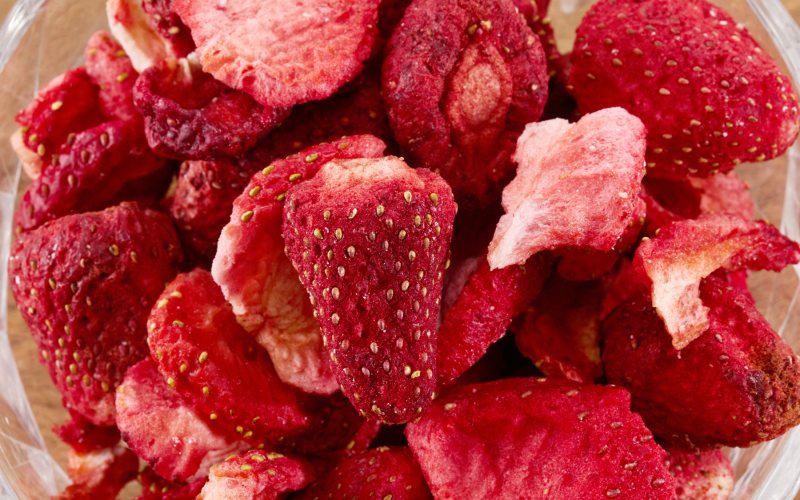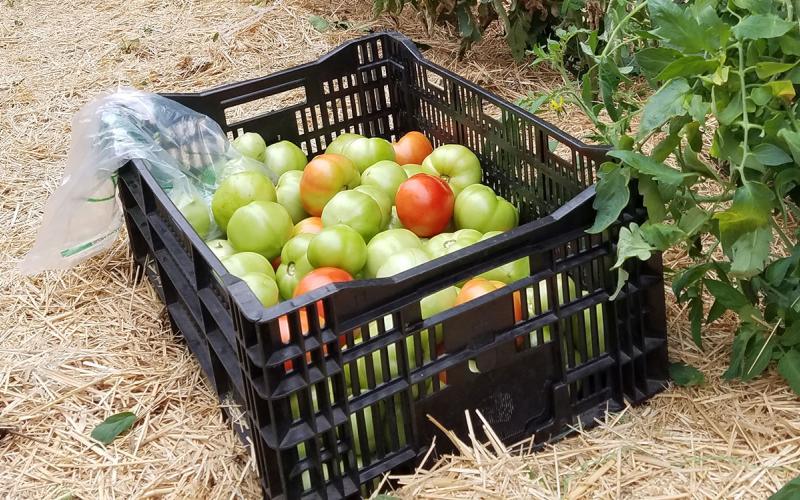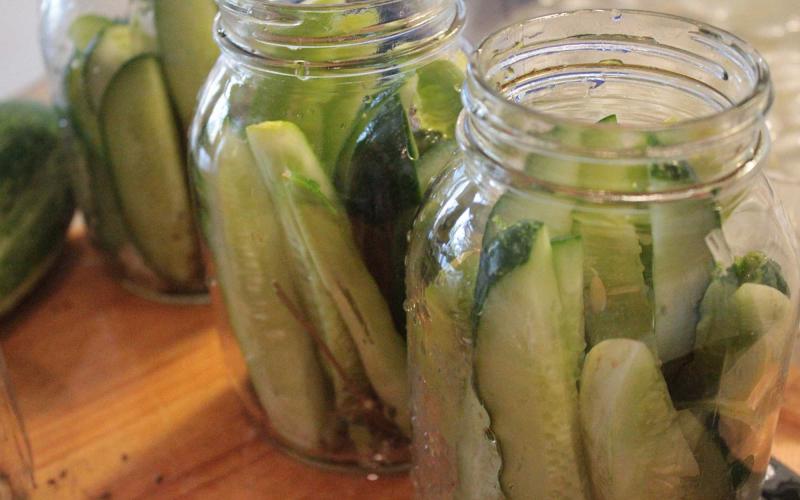Home food preservation is a way to preserve the freshness of homegrown or locally purchased foods. Methods include canning, freezing and drying. Whether you have excess produce from your garden, or you simply want to preserve your own jam, SDSU Extension provides established and trusted research-based food preservation information.
Our Experts
Topics
Food preservation is a way to enjoy fresh-grown fruits, meats and vegetables all year. View research-based resources by your desired preservation method.
Recipes
Follow research-tested recipes to help preserve food at home by pressure canning or water bath canning based on the acidity level of the selected food.
Guidance
When proper canning practices are followed, the quality of fresh foods can be extended to safely consume many months beyond their usual expiration and decline in quality.
Freezing is an easy and convenient method of preserving food. However, freezing does not kill bacteria, rather freezing slows down the growth of bacteria and enzyme activity- which affects the quality of the product over time.
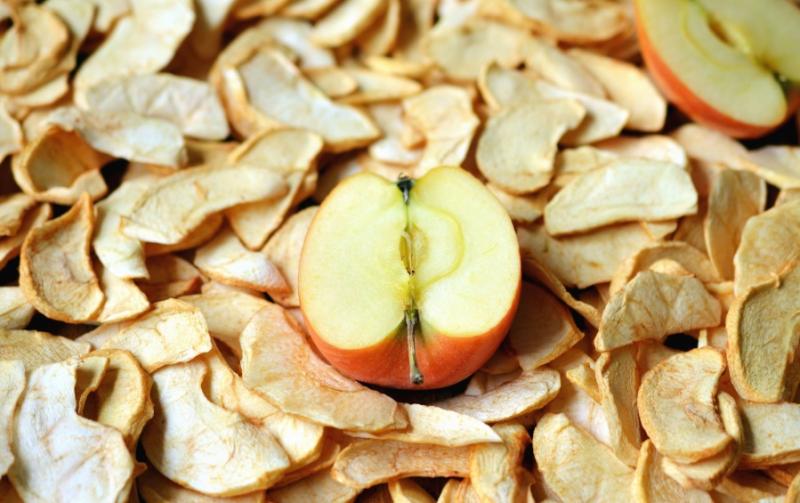
Drying or dehydrating is one of the oldest methods of food preservation. Drying removes moisture from the food and slows enzyme activity. Dried foods take up less storage space and do not require refrigeration.
Featured Resources

A Guide To Pressure Canning
Pressure canners may have a weighted-gauge or dial-gauge, for indicating and regulating the pressure during processing.
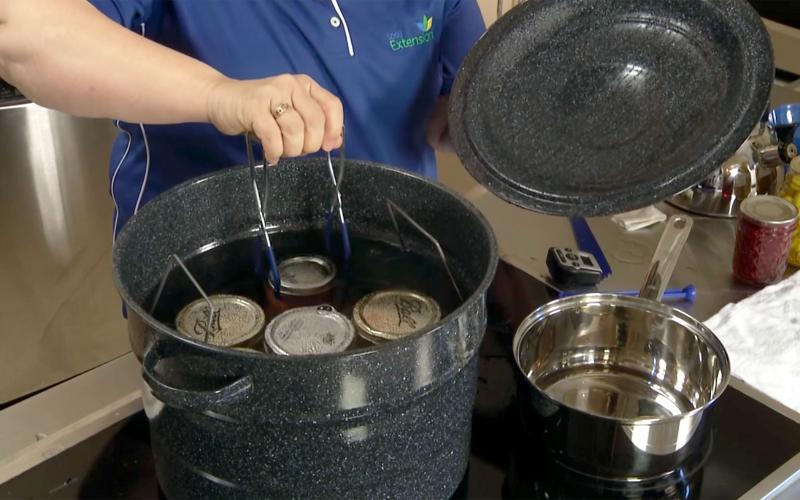
A Guide To Water Bath Canning
Water bath canners have fitted lids and removable wire racks. While they come in many sizes, the canner must be deep enough to allow a minimum of 1-2 inches of briskly boiling water that covers the top of jars during processing.

Pick it, Try it, Like it for Food Preservation
Use these Preserve it lessons for tips and tricks to select, prepare and preserve fruits and vegetables.
Preserve It Fresh, Preserve It Safe

As part of a multi-state collaborative effort, the North Central Food Safety Extension Network brings you the Preserve It Fresh, Preserve It Safe Newsletter. The newsletter is a bimonthly feature in the SDSU Extension’s Healthy Living newsletter that shares research-tested tips, recipes and food safety updates for anyone interested in learning more about home food preservation. Use the navigation below and subscribe to our Healthy Living newsletter to receive the latest edition.
Preservation Questions
Do you have a question about food preservation? Fill out the form below and a Master Food Preserver will assist you.


